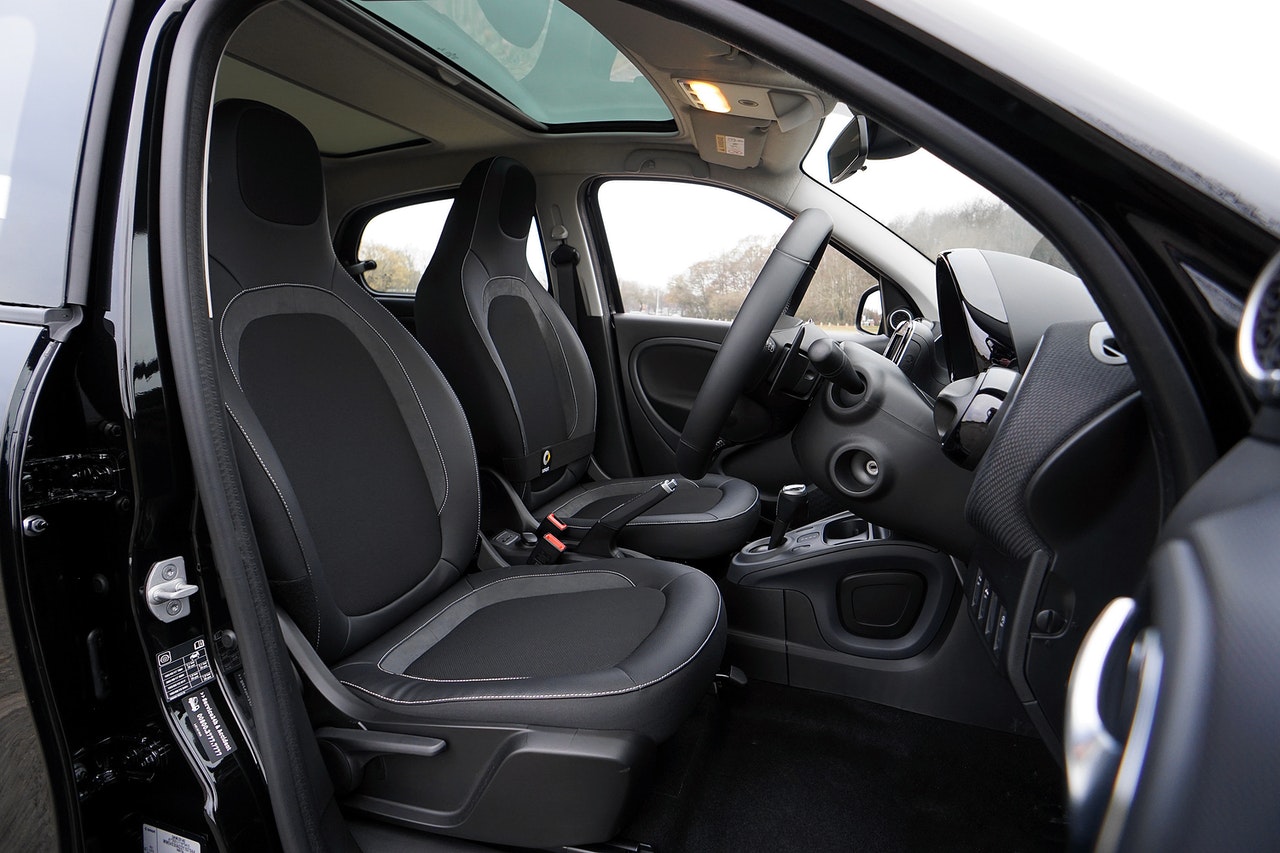During the pandemic, rideshare drivers have become the unexpected essential workers. Even though at least 90 percent of households in the U.S. have at least one car, many still rely on ridesharing services. Public transportation in the U.S. needs a lot of improvement. So those who can’t afford their own vehicles have to rely on carpooling or hailing taxis to go places.
It’s no question that ridesharing drivers are exposed to a lot of risk on the job. Ridesharing services require both drivers and passengers to wear face masks. But many passengers still deliberately choose not to wear masks and call COVID-19 a hoax. The mask mandate often causes arguments between drivers and passengers that sometimes lead to one party intentionally coughing on the other.
Thus, ridesharing drivers need to be extra careful on the job. They also need to put more effort into maintaining the cleanliness of their vehicles for their passengers’ safety. Below is a list of things that drivers can do:
Wear PPE at All Times
It goes without saying that everyone should always wear masks during the pandemic, vaccinated or not. Even in the automotive industry, masks are required. For example, people looking for a car dealership franchise opportunity must wear masks to be entertained by personnel. Individuals looking to purchase cars must also wear masks before they’re allowed to enter a dealership. Otherwise, they can shop for cars online.
Rideshare drivers should wear a mask while on duty. Double masking, by wearing a cloth mask over a surgical mask, is also recommended. This strategy provides better protection due to the extra layers and better mask fit. Drivers should also carry disposable gloves and wear a pair every time they carry their passengers’ things or disinfect their cars.
Disinfect Regularly

Rideshare drivers usher several passengers a day. So to reduce their risk of contracting the COVID-19 virus, drivers must disinfect their vehicles regularly.
Drivers should always carry a pack of sanitary wipes and use them to clean surfaces that they and their passengers often touch. These surfaces include door handles inside and outside. Spraying disinfectants inside the car will also help. Drivers should make sure that their windows are open during disinfection.
Also, there should always be bottles of hand sanitizer or alcohol inside their car so that they can clean their hands regularly. Drivers must clean their hands before and after touching their masks, cleaning their vehicles, and after handling money.
Open Windows
Proper ventilation is key in battling COVID-19 as it hinders airborne particles from landing and lingering on surfaces inside the car. Thus, drivers should consider rolling down their windows during trips.
The best option is to leave all windows open. But not all passengers would like that. So before opening any window, a driver should ask their passenger if they’re comfortable leaving windows open throughout the ride. According to a recent study on airflow within cars, the most optimal way to reduce the transfer of droplets between the driver and the passenger is to open windows opposite them. For example, if a passenger is sitting behind the passenger’s seat, the driver should open the windows behind the driver’s seat and in front of the passenger.
Sit Apart
Aside from ventilation, physical distancing is also important in curbing the spread of COVID-19. This is hard to do when inside a car because of the limited space. But there are still ways to observe social distancing, even if the “distance” isn’t that far.
In the case of a solo passenger, drivers should ask them to sit behind the passenger’s seat. Sitting diagonally from each other ensures the most distance between the two.
Also, drivers should not let passengers beside them. Some ride-hailing services, such as Uber, implement a sit-in-the-back rider policy. But some riders can be stubborn and insist on sitting in the shotgun seat. In this instance, drivers should explain why the shotgun seat is unavailable to them, emphasizing that sitting in the back is also for the safety of the passenger.
Stay Home If They Feel Sick
When a rideshare driver feels ill, they should stay home and rest. Even if the driver doesn’t exhibit COVID-19 symptoms, their immune system is compromised if they are ill. So they will become more at risk if they continue working. Not to mention, insisting on driving while sick also puts passengers’ lives in danger.
Ushering several people a day always comes with a risk. So rideshare drivers need to be extra careful and employ several safety tips to keep themselves safe, as well as their passengers.
